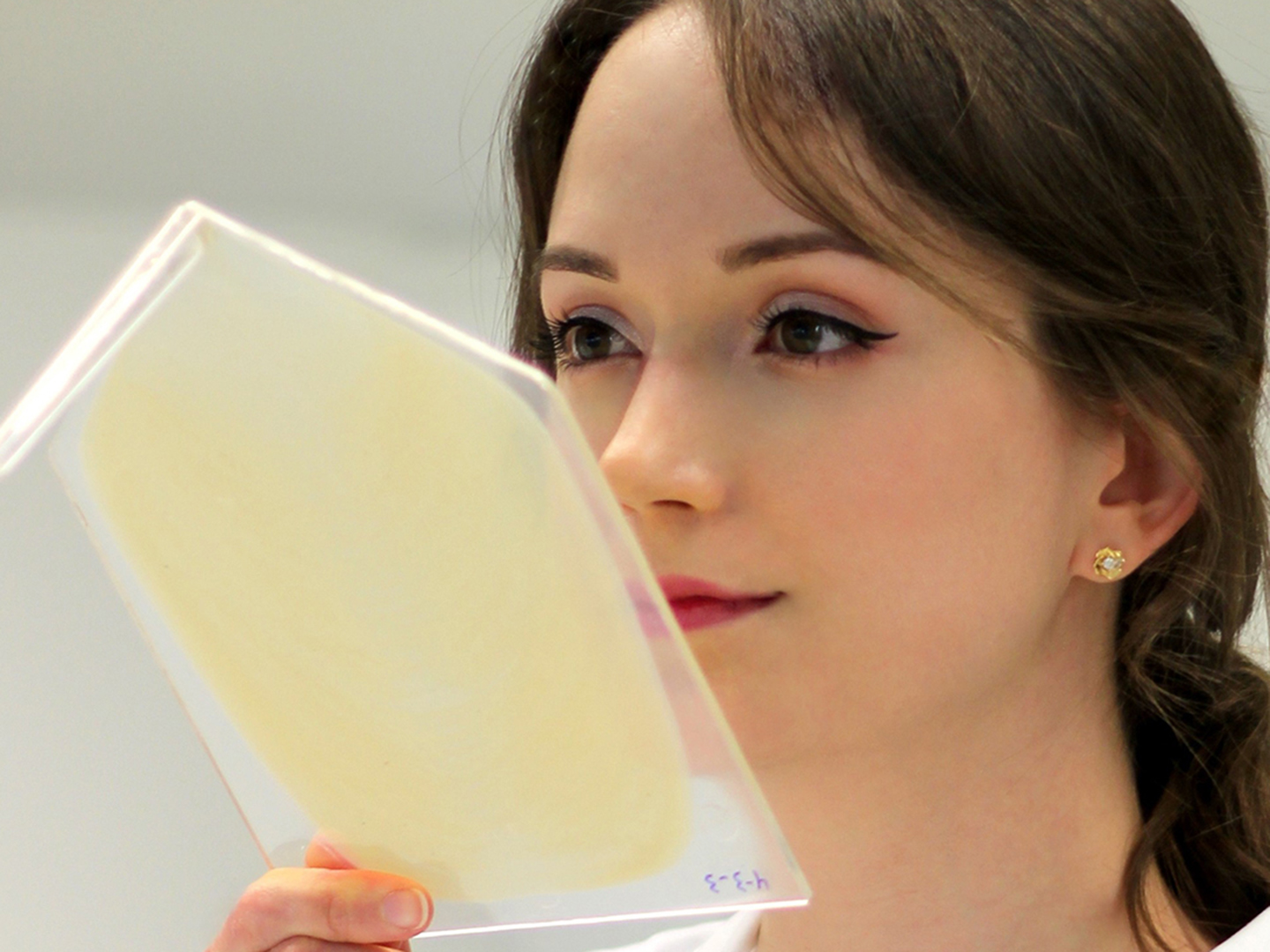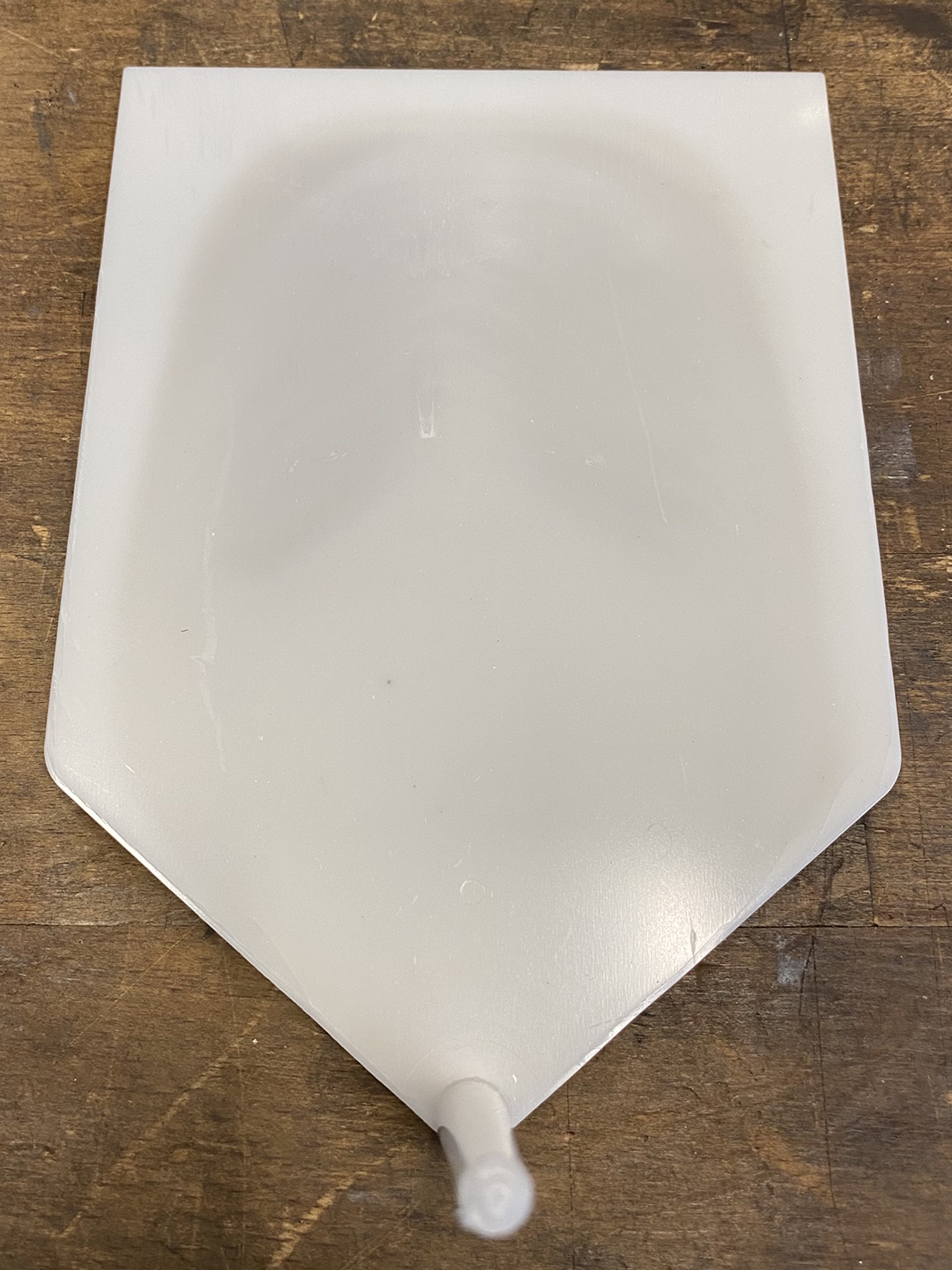Reusing odor-contaminated plastics
Plastic recyclates, like materials from the recycling bin, often have unpleasant odors due to their composition or due to impurities. This means that they are currently unsuitable for many applications, especially indoors.


To prevent odor release from plastic recyclates, the odor-contaminated plastic can be "packaged". For example, sandwich injection molding can be used to produce components that consist of an odor-contaminated core material and a completely enveloping skin made of an odor-neutral material. To enable the circular plastics economy, the core material and skin consist of the same class of plastic.
However, long-term tests at elevated temperatures show that odors can migrate through the enveloping skin within a few days, causing the components to release odor emissions again. To achieve a permanent odor barrier effect, the chemical compounds of the odor must be prevented from migrating through the enveloping skin.
In the Fraunhofer Cluster of Excellence Circular Plastics Economy CCPE, the four Fraunhofer institutes Fraunhofer ICT, Fraunhofer LBF, Fraunhofer IVV and Fraunhofer IAP are jointly investigating odor barrier skins for polymer compounds made from recycled materials. Using special additives, which are already incorporated into the skin-forming plastic before the component is manufactured, odor barrier skins can be effectively achieved with a skin thicknesses of 0.25 mm.
Using this technology, high-quality applications using odor-contaminated recyclates are achievable, making an important contribution to resource conservation. The technology can also be transferred to other odorous materials such as plastics containing natural fillers.
Last modified: